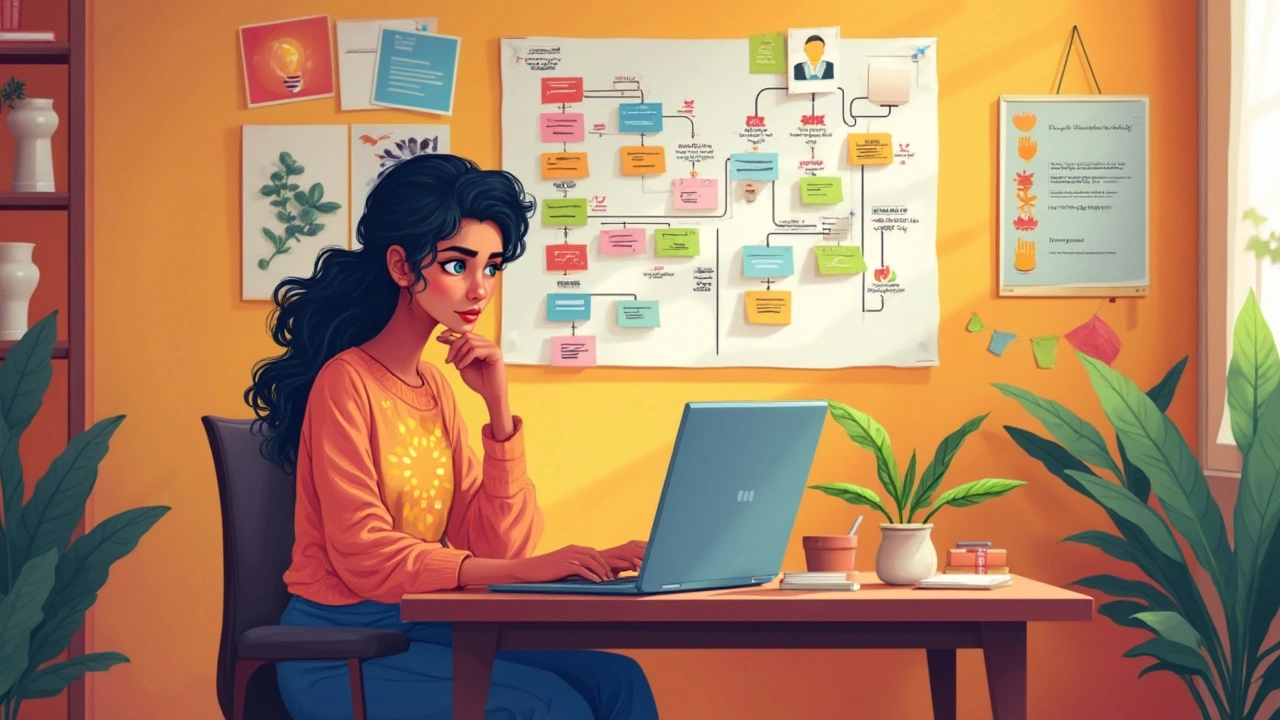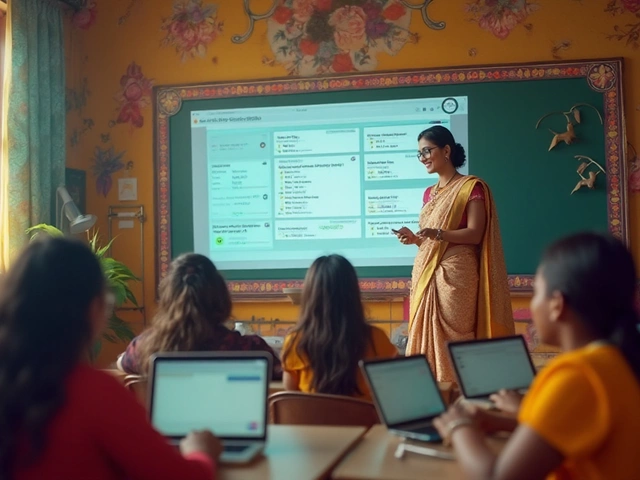Coding Process: How Software Gets Built, Tested, and Shipped
When you hear "coding process," you might picture someone typing fast in a dark room. But the real coding process, the structured series of steps developers follow to turn ideas into working software. Also known as software development lifecycle, it's not just writing code—it's planning, testing, fixing, and repeating until it works for real people. Most beginners think coding is about typing perfect syntax. It’s not. It’s about solving problems, one small step at a time.
The coding process, the structured series of steps developers follow to turn ideas into working software. Also known as software development lifecycle, it's not just writing code—it's planning, testing, fixing, and repeating until it works for real people. starts with a problem. Maybe it’s a broken app, a slow website, or a new feature users asked for. Then comes design—sketching how the code will flow, what tools to use, how data moves. After that, you write the actual code, but that’s only about 20% of the work. The rest? Testing. Debugging. Rewriting. Deploying. Monitoring. Every line of code you write will break eventually. The best developers don’t fear bugs—they expect them. They build checks into every step. A good coding process, the structured series of steps developers follow to turn ideas into working software. Also known as software development lifecycle, it's not just writing code—it's planning, testing, fixing, and repeating until it works for real people. includes automated tests, version control like Git, and clear notes so someone else can pick up where you left off. This isn’t theory. It’s what every freelancer, startup engineer, and big tech team does daily. Look at the posts below—how much coders earn, how much coding classes cost, how eLearning platforms teach it—none of that matters if you don’t understand how the work actually gets done.
There’s no magic shortcut. You can’t skip the messy middle part. Even if you learn Python or JavaScript from a free app, you still have to wrestle with errors, rewrite functions that don’t work, and wait hours for a server to update. The coding process is repetitive, frustrating, and sometimes boring. But when you finally see your code run without crashing? That’s when it clicks. That’s why people stick with it. And that’s why the posts here cover everything from bootcamp prices to freelance rates—you’re not just learning syntax. You’re learning how to build things that matter. Below, you’ll find real examples of how coding connects to salaries, education, and even government work. No fluff. Just what happens after you hit "run".
7 Steps of Coding: A Beginner's Guide to Mastering Programming
Posted by Aria Fenwick On 18 May, 2025 Comments (0)

Unlock the secrets behind writing code with this clear guide to the 7 steps of coding. From understanding a problem to testing your programs, this article walks you through each essential phase, using plain language and real-life tips. Discover strategies to avoid common mistakes and learn what actually matters when you’re trying to build something from scratch. Perfect for beginners or anyone looking to refresh their workflow. Streamline your coding journey and boost your confidence with these straightforward steps.




